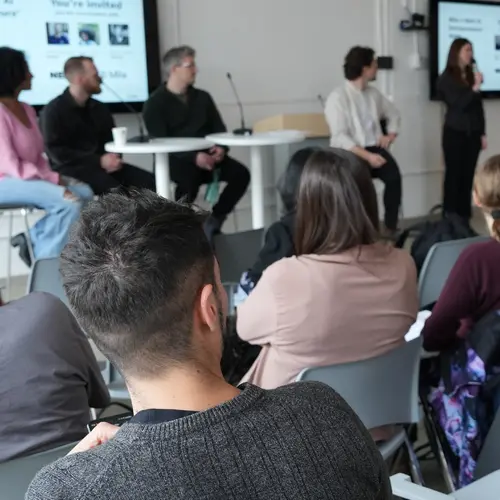
Smita Krishnaswamy
Biographie
Notre laboratoire travaille sur le développement de méthodes mathématiques fondamentales d'apprentissage automatique et d'apprentissage profond qui intègrent l'apprentissage basé sur les graphes, le traitement du signal, la théorie de l'information, la géométrie et la topologie des données, le transport optimal et la modélisation dynamique qui sont capables d'effectuer une analyse exploratoire, une inférence scientifique, une interprétation et une génération d'hypothèses de grands ensembles de données biomédicales allant des données de cellules uniques, à l'imagerie cérébrale, aux ensembles de données structurelles moléculaires provenant des neurosciences, de la psychologie, de la biologie des cellules souches, de la biologie du cancer, des soins de santé, et de la biochimie. Nos travaux ont été déterminants pour l'apprentissage de trajectoires dynamiques à partir de données instantanées statiques, le débruitage des données, la visualisation, l'inférence de réseaux, la modélisation de structures moléculaires et bien d'autres choses encore.



